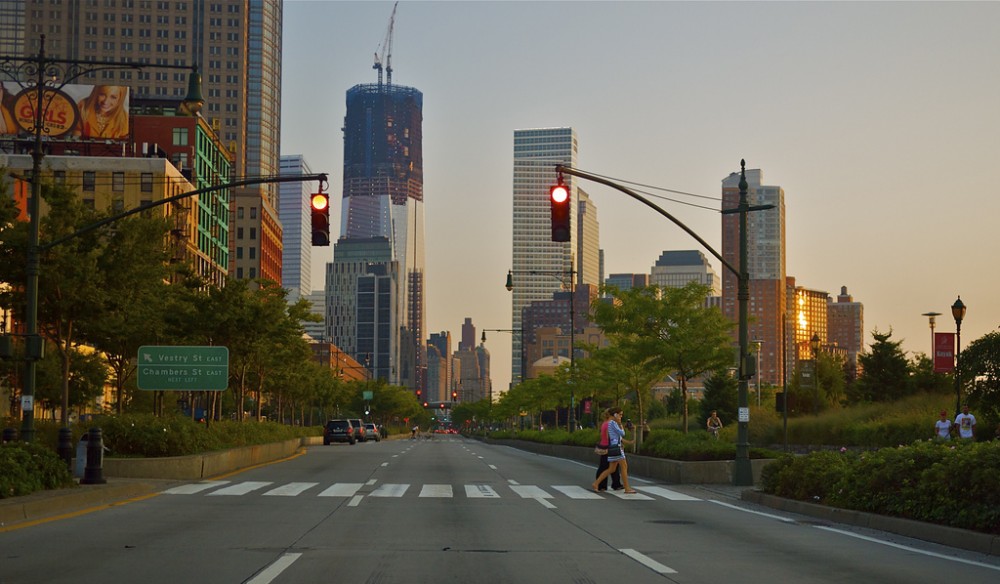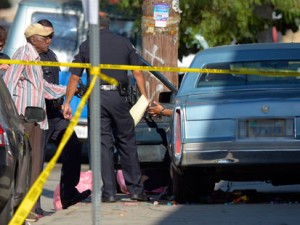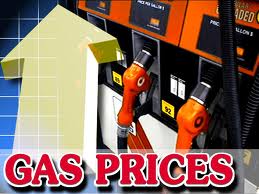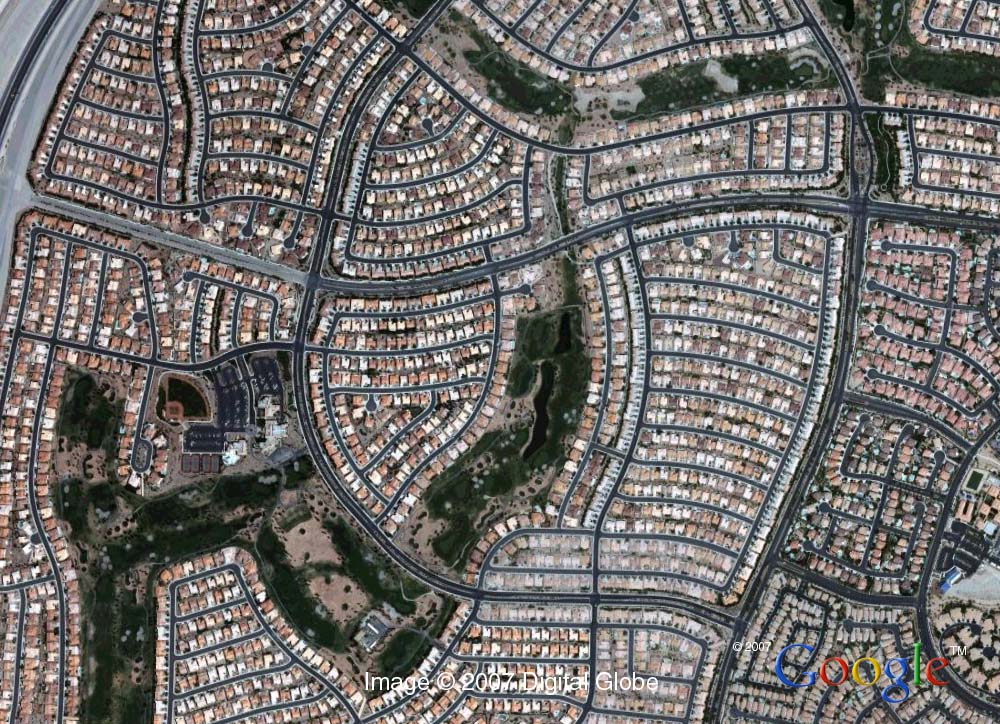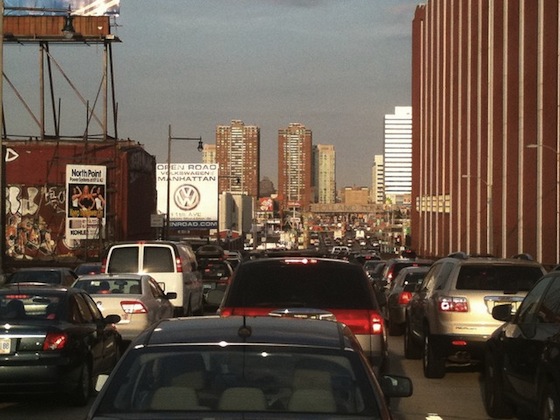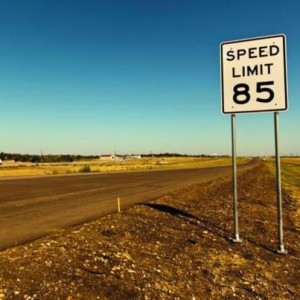 A new toll road is slated to open this November in Texas to relieve the congestion on the I-35 corridor between Austin and San Antonio. The speed limit on that road will be 85mph which is now the highest in the country. It was formally 80mph until Governor Rick Perry of Texas signed a bill to raise the speed limit. Many drivers like this development because they can now reach their destination faster.
A new toll road is slated to open this November in Texas to relieve the congestion on the I-35 corridor between Austin and San Antonio. The speed limit on that road will be 85mph which is now the highest in the country. It was formally 80mph until Governor Rick Perry of Texas signed a bill to raise the speed limit. Many drivers like this development because they can now reach their destination faster.
However, are we thinking more about drivers’ convenience rather than safety? There is clear research that states as speeds increase, fatalities increase. A 2009 report in the American Journal of Public Health studied traffic fatalities in the U.S. from 1995 to 2005 and found that more than 12,500 deaths were attributable to increases in speed limits on all kinds of roads.
So what is the ideal speed limit then? If we decrease it, there are less fatalities and more driver frustration. If we increase it, it is the opposite. I am fine with the speed limit increase. As a driver I feel that speed limits are lower than what they should be. If a road is designed to do 85mph, then why not let drivers drive at that speed?
(http://www.huffingtonpost.com/huff-wires/20120906/us-texas-speed-limit/)
